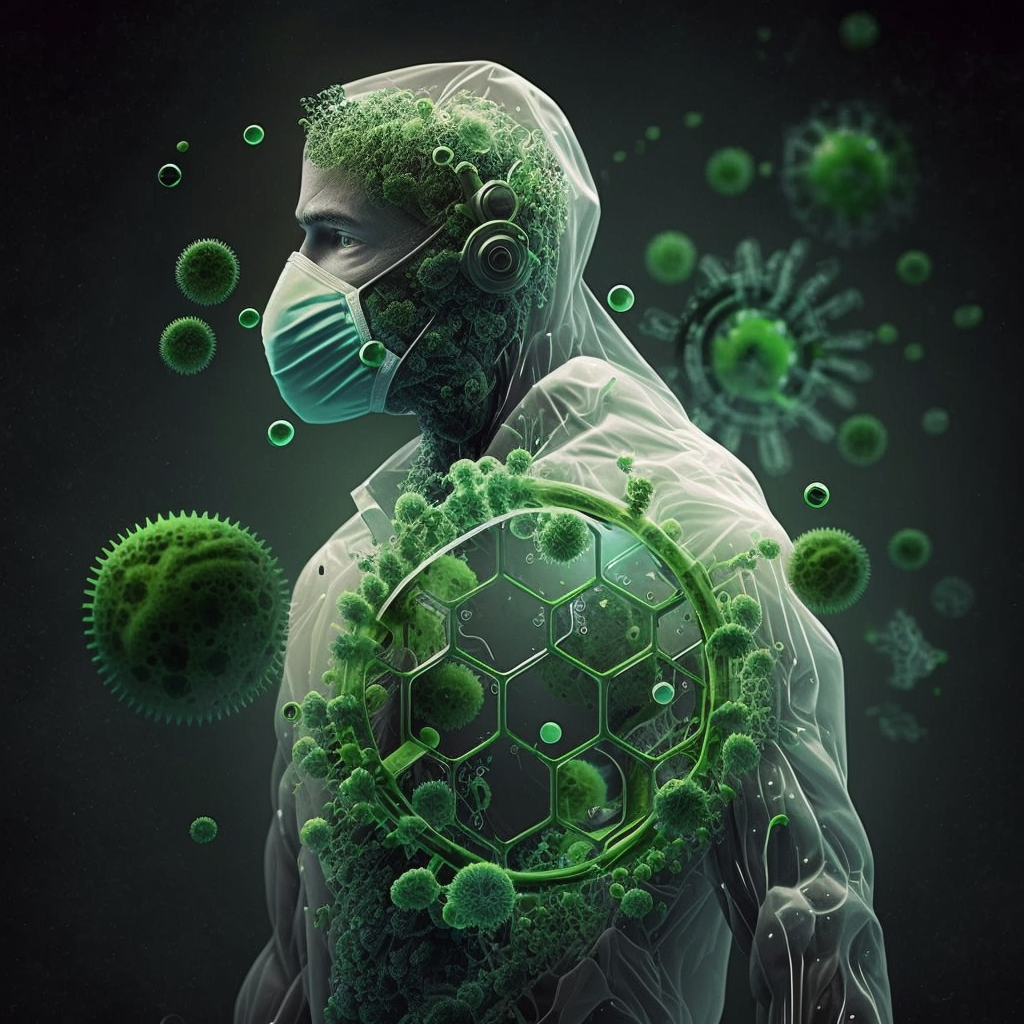LipoCoat has developed a medical coating that acts as an anti-bacterial agent in a passive manner. The anti-bacterial properties from the medical coating originate from the bio-inspired design that is based on the phospholipid bilayer membrane that surrounds mammalian cells.
Medical coating
Medical coatings are specialized coatings used in the medical industry to enhance the performance, durability, and safety of various medical devices and equipment. These coatings are designed to protect medical devices, such as surgical instruments, implants, catheters, and stents, from damage and wear and tear caused by harsh medical environments and the body’s natural processes.
One of the primary benefits of medical coatings is their ability to reduce the risk of infection. Infection is a major concern in the medical industry, particularly in surgical procedures and the use of medical devices that come into contact with bodily fluids. Medical coatings, such as anti-microbial coatings, can help to reduce the risk of infection by inhibiting the growth and spread of bacteria and other microorganisms on the surface of the device.
Another key benefit of medical coatings is their ability to enhance biocompatibility. Biocompatibility refers to the ability of a material to be compatible with living tissue without causing adverse reactions or toxicity. Medical coatings can improve the biocompatibility of medical devices by creating a barrier between the device and the body, reducing the risk of rejection and other complications.
Medical coatings can also improve the performance and durability of medical devices. For example, coatings that reduce friction and wear can help to improve the performance and longevity of surgical instruments and other medical devices. In addition, coatings that prevent corrosion and degradation can help to prolong the life of medical devices and reduce the need for costly repairs or replacements.
One of the key challenges associated with medical coatings is ensuring their safety and effectiveness over time. Medical devices are subject to a wide range of mechanical, chemical, and biological stresses, and it is important to ensure that coatings are able to withstand these stresses and remain effective over time. This requires extensive testing and evaluation to ensure that coatings meet all necessary safety and efficacy standards.
Another challenge is the development of resistance. Bacteria and other microorganisms can develop resistance to anti-microbial coatings, reducing their effectiveness and potentially leading to the development of antibiotic-resistant strains of bacteria. It is important to continually monitor and adapt these coatings to ensure that they remain effective and do not contribute to the development of antibiotic resistance.
There are several types of medical coatings, each designed to meet specific needs and requirements. For example, anti-thrombotic coatings are designed to reduce the risk of blood clots in medical devices such as stents and catheters, while drug-eluting coatings are designed to release drugs or other therapeutic agents over time. Other types of medical coatings include hydrophilic coatings, which are designed to improve the lubricity and ease of insertion of medical devices, and radiopaque coatings, which are used in imaging devices to enhance visibility.
LipoCoat has developed a coating that can be widely applied in the medical field. The coating is biocompatible by nature, can be easily applied on multiple medical devices and can be sterilized by various methods. LipoCoat’s coatings can be applied without compromising on the performance of the medical devices.
If you want to learn more about our technology and it’s potential application for your product, please contact us and we are happy to tell you more about LipoCoat unique approach of improving your material surface properties.
